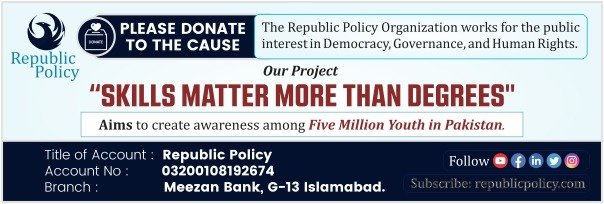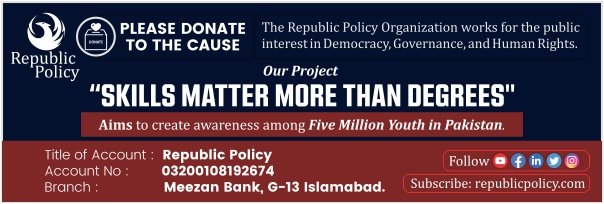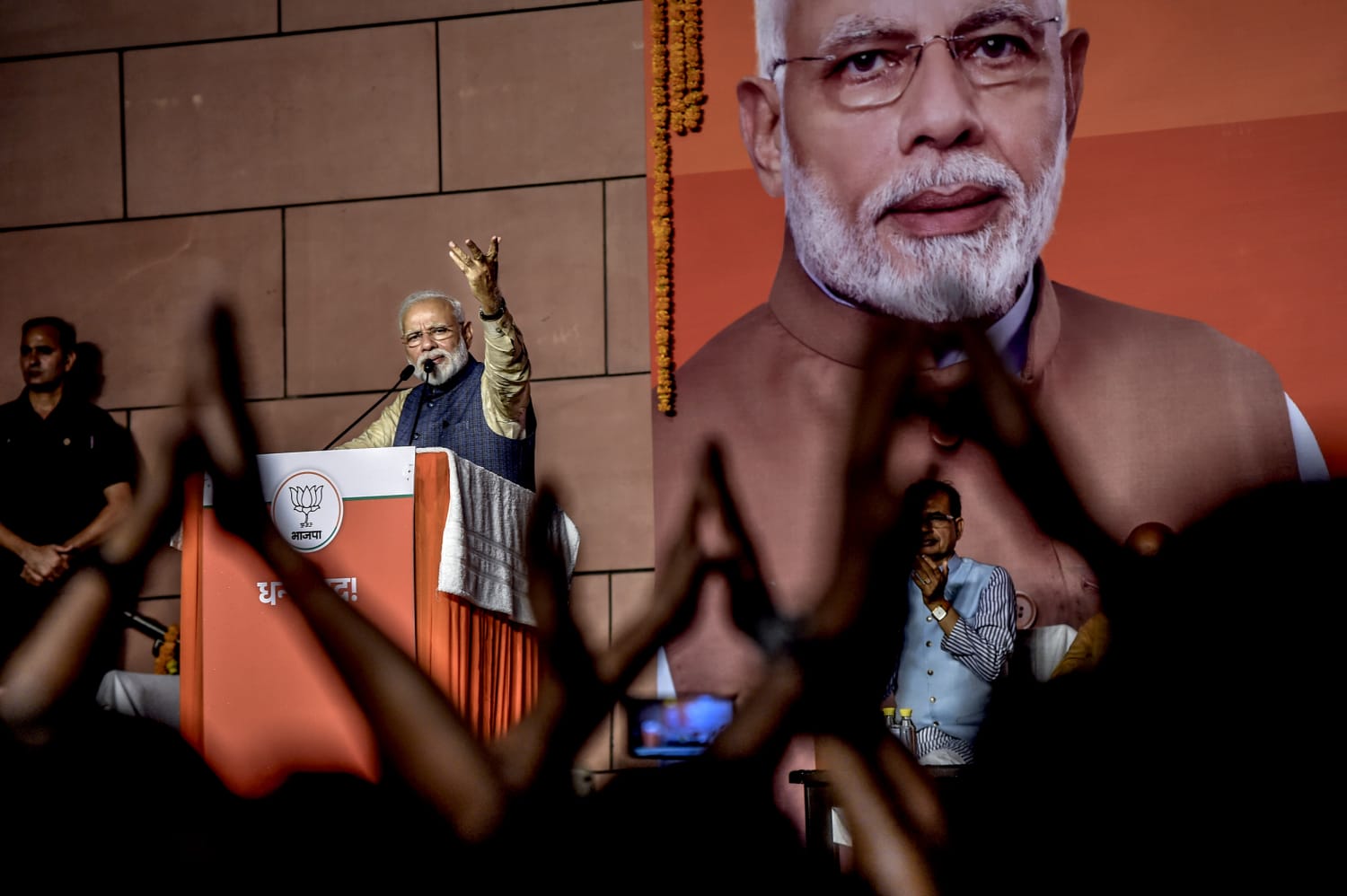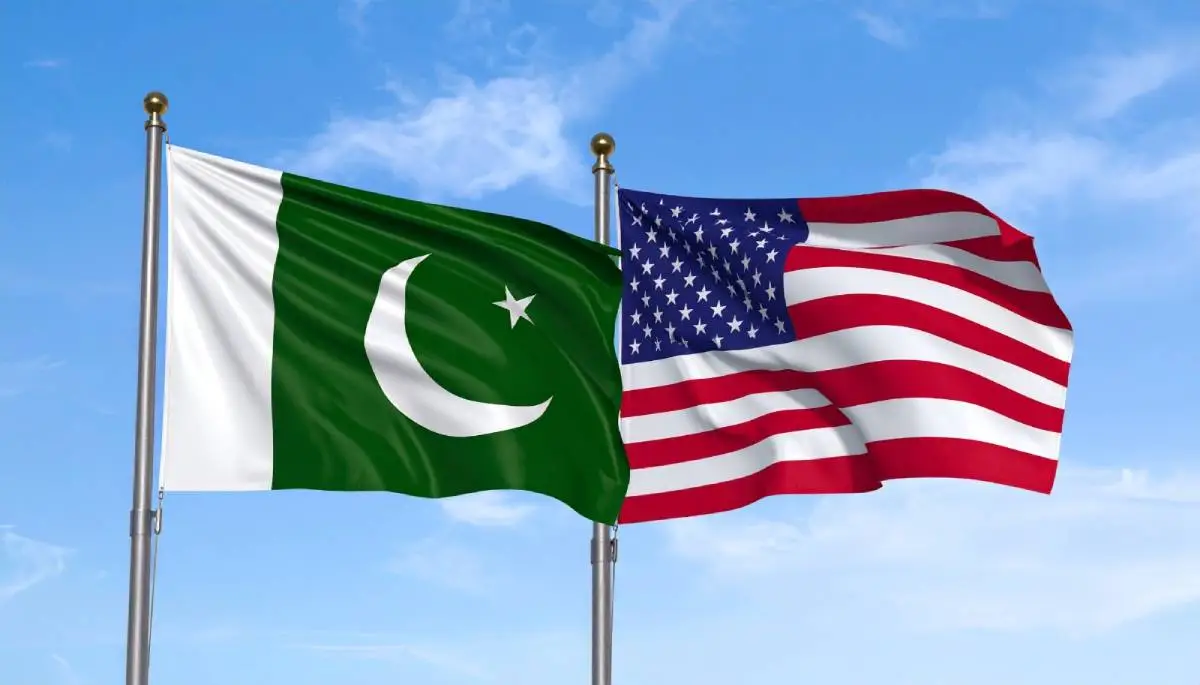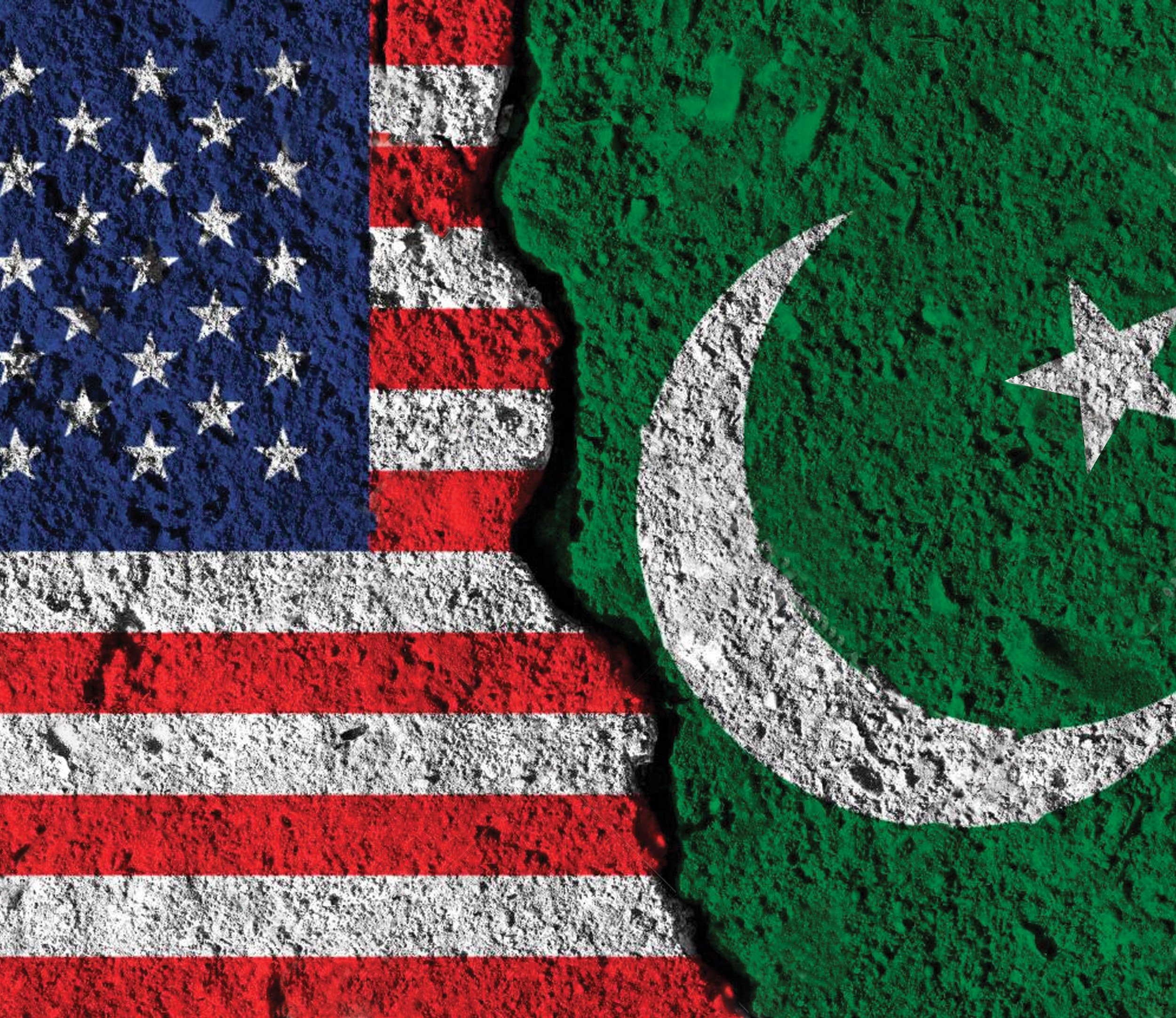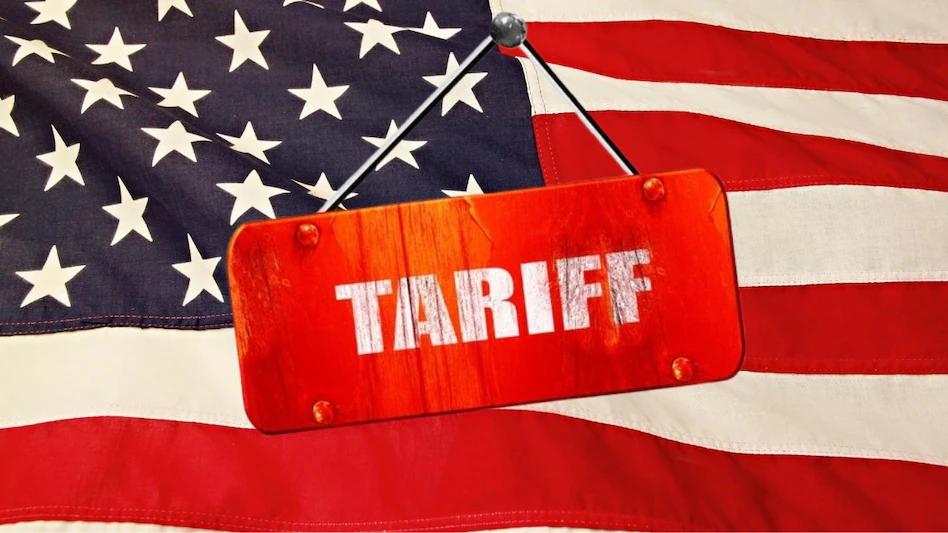Zafar Iqbal
Pakistan is currently grappling with a significant economic paradox. While there are signs that the economy is stabilizing, genuine growth remains painfully elusive. This stark contrast is at the heart of the official narrative touted by Finance Minister Muhammad Aurangzeb during his recent address at Harvard University. He asserted, “We have stabilized the fundamentals, restored confidence, and reignited growth.” This optimistic perspective is underpinned by Fitch’s recent upgrade of Pakistan’s sovereign credit rating, which the government heralds as a triumph.
However, the optimism rings hollow when considering the insights from the State Bank of Pakistan’s half-yearly report released on the same day. The report highlights a debilitating issue that continues to undermine any prospects for sustainable growth: low and declining productivity, which hampers the nation’s economic competitiveness. The low productivity growth exacerbates Pakistan’s recurrent balance-of-payments crises, leaving the economy trapped in a frustrating cycle of boom and bust.
The root of this productivity stagnation is not surprising, considering the country’s economic framework, which relies heavily on consumption to drive growth. This approach starkly contrasts with investment-driven models that enhance productivity in both the real economy and social sectors. For decades, Pakistan has suffered from underinvestment in vital industrial infrastructure and agriculture, leading to a scenario where the country struggles to produce enough goods for domestic and international markets, falling back on imports to sustain a flawed growth paradigm.
Consequently, this reliance on consumption and imports has left Pakistan perpetually dependent on external assistance, including loans and bailouts, to keep the economy afloat and manage its import bill. The past few years have seen authorities implement strict fiscal discipline, slashing development spending and curtailing imports in an effort to stem the outflow of international reserves. While these measures have contributed to stabilizing essential economic fundamentals and restoring depleted reserves, they have simultaneously stifled growth potential.
Economists widely agree that attempts to spur growth beyond 3 to 4 percent are unsustainable without a comprehensive restructuring of the economy. Without significant improvements in industrial and agricultural productivity, any surge in growth could trigger an even deeper crisis. Yet, despite these well-understood challenges, there seems to be a conspicuous absence of substantive reforms aimed at revitalizing productivity.
Please subscribe to the YouTube channel of the republicpolicy.com for quality podcasts:
To break free from this stagnation, the economy requires bold and decisive action—a dose of “shock therapy.” A mere reliance on short-term measures, akin to taking aspirin for a significant illness, simply won’t suffice where deeper, more structural surgical reforms are necessary. The optimistic narrative being pushed by the government lacks the robustness required to endure if it’s not underpinned by essential economic transformations.
The time has come for Pakistan to confront the harsh realities of its economic situation. The feel-good announcements, such as credit upgrades and stabilization claims, can only hold sway for so long without a corresponding commitment to tackle the fundamental issues at the heart of the economy. Until the government shifts its focus from temporary fixes to long-term strategies aimed at enhancing productivity and diversifying the economic base, the specter of stagnation and dependency will loom large.
In conclusion, while there may be temporary signs of stabilization in Pakistan’s economy, the persistent absence of meaningful growth strategies leaves the country in a precarious position. The need for a transformative approach to economic policy is essential if Pakistan hopes to escape its cycle of crises and build a resilient, self-sustaining economy. Only through focused investment in productive sectors can the country hope to craft a narrative of successful growth that stands the test of time.


